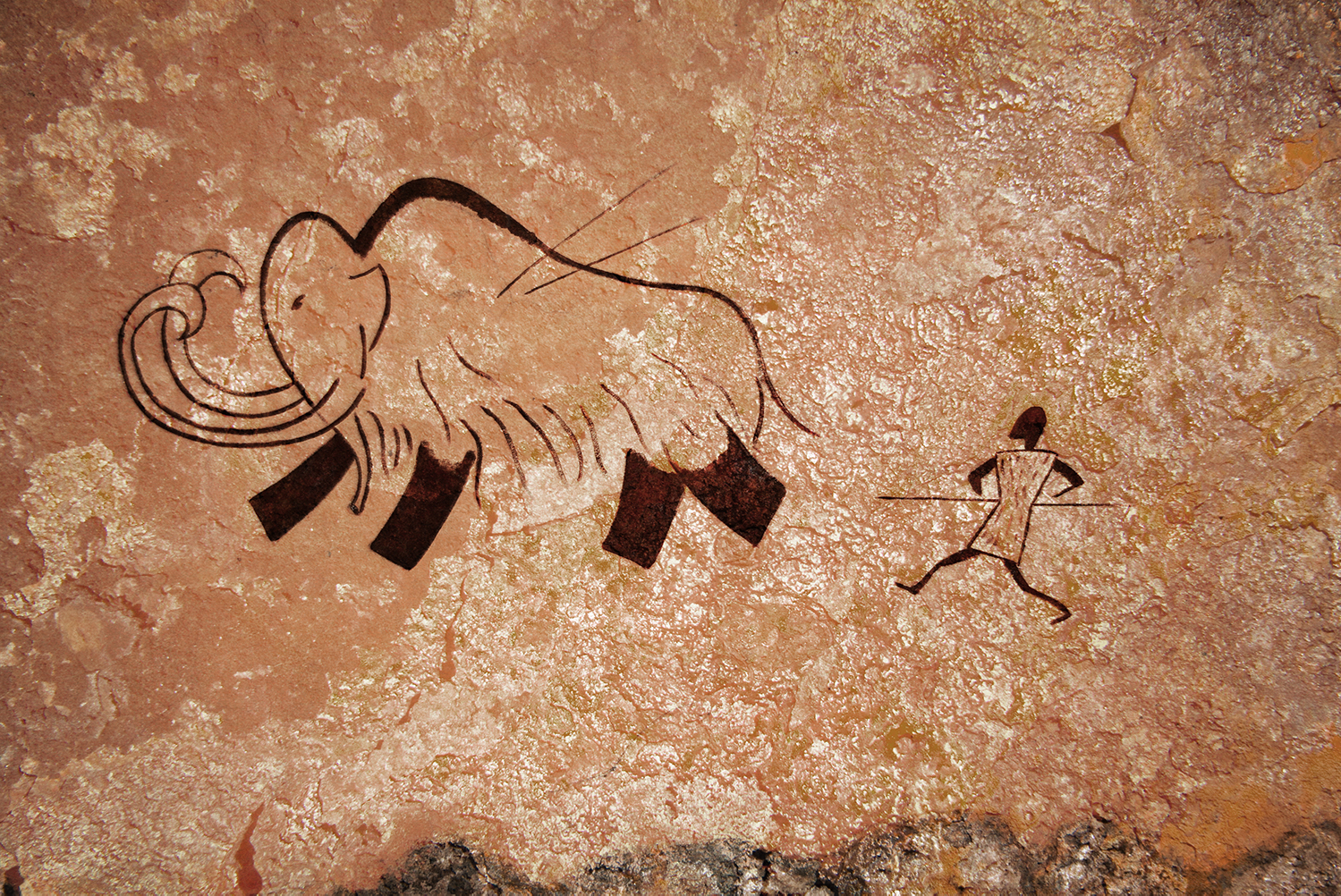According to Google’s annual Zeitgeist List—a compilation of social trends based on what people are searching for on the Internet—the most researched diet online in 2014 was the Paleo diet, beating out the juice cleanse diet and the Mediterranean diet.
Also known as the Caveman diet, Stone Age diet, and hunter-gatherer diet, Paleo is short for the Paleolithic Era, the time period that anthropologists define as starting 2.5 million years ago and ending 10,000 years ago, when early humans sustained themselves on wild plants and meat, before the development of agriculture. Paleofantasy by Marlene Zuk
What is The Paleo Diet?
It is primarily a low-carb diet, advocating the avoidance of grain. The recommended daily intake mostly consists of grass-fed meat, fish, poultry, eggs, vegetables, fruits, nuts, and seeds as well as an elimination of dairy, wheat, corn, rice, sugar, alcohol, potatoes, legumes, and processed oils.
The noticeable increase in mouse clicks and Paleo-friendly restaurants aside, does this diet actually result in weight loss?
Does the Paleo Diet Work?
In general, yes—if adherents strictly follow the low-carb formula. In a 2013 study conducted at Umea University in Sweden, 10 obese postmenopausal women were switched to a strict Paleo diet for five weeks. At the end of the period, the average weight loss was nearly 10 pounds with an average of 3.1 inches lost in waist circumference. Moreover, there was an average reduction of 49 percent in liver fat, a significant risk factor for metabolic disease. A longer two-year trial of the Paleo diet with the same demographic group provided similar results.
Other limited-scope Paleo studies show similar findings. A 2009 randomized cross-over study at Sweden’s Lund University split up 13 patients with Type 2 diabetes to try either a Paleo diet or their recommended low-glycemic diabetes diet for three months. The Paleo group lost an average of 6.6 pounds more than the diabetes diet group and reduced their waistlines by an average of 1.6 inches more. The Paleo followers also had slightly lower blood sugar levels.
While many nutritionists embrace the Paleo avoidance of processed foods and sugary snacks, the romantic notion that all our hunter-gatherer ancestors had six-pack abs has come under attack. In her book Paleofantasy, evolutionary biologist Marlene Zuk challenges the idea that replicating the eating habits of cavemen is even possible.
“Trying to emulate what people ate 10,000 or 100,000 years ago is really difficult. Our foods have changed so much that virtually every item in a supermarket is drastically genetically different from its prehistoric equivalent,” she recently told New Scientist Magazine. “This is what humans do: We modify foods so that they become more palatable and digestible.”
Zuk’s skepticism is reinforced by a 2013 University of Missouri-Kansas City School of Medicine study that looked at whole-body CT scans of 137 mummies from Egypt, Peru, American Pueblo Indians, and Alaska’s Aleutian Islands. Researchers found evidence of calcified plaque in the artery walls of ancient hunter-gatherers. Their conclusion: Atherosclerosis is not a modern scourge; it’s been impacting human longevity for at least 4,000 years.
Is the Paleo Diet Right for Everyone?
Regardless of how effective it is for weight loss, the Paleo lifestyle isn’t a realistic—or desirable—solution for everyone.
Cost Concerns
Animal protein, especially grass-fed beef and poultry, can be among the most expensive items at the market. The Bloomberg Protein Index, which tracks a dozen animal and plant protein commodity prices, has increased by 28 percent over the last five years.
Cost aside, there are inevitably ethical concerns that arise from a meat-centric diet.
Environmental Concerns
“From an environmental and animal welfare concern, it’s narcissistic to advocate eating pounds of animal protein per day at the expense of so many animal lives when we can certainly meet much of our protein needs from plant sources,” asserts Elizabeth Brown, a registered dietician and personal trainer based in California.
“Even when I do recommend animal protein, I am adamant about advocating for grass-fed, free-range, and wild sources,” she says. “Not only for their more humane treatment of the animals, but also because these animals are fed their natural diets and therefore accumulate fewer harmful substances which we are all trying to avoid.”





